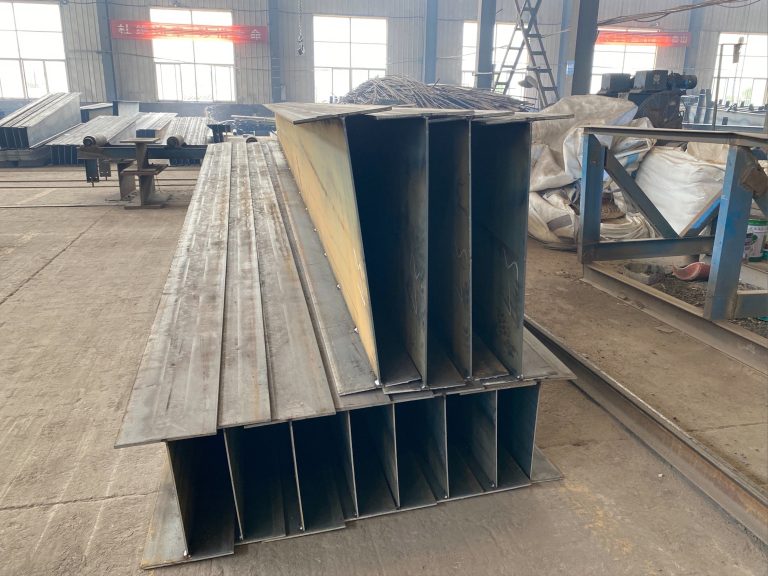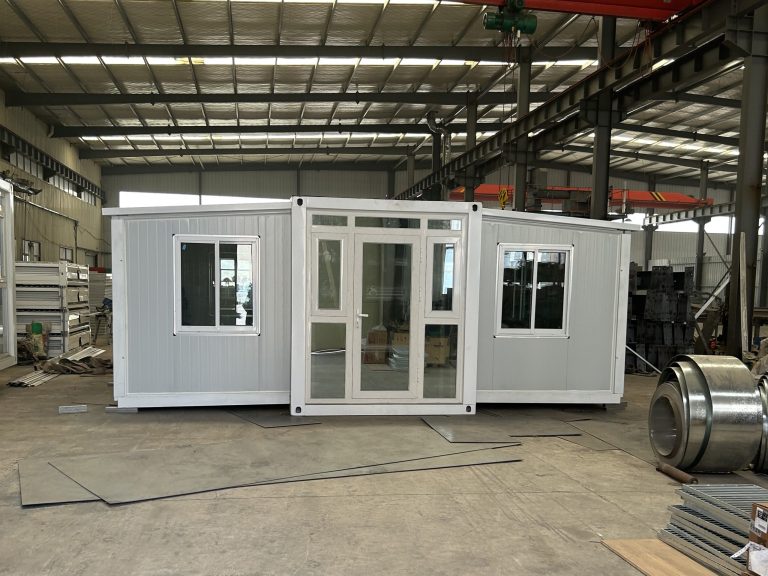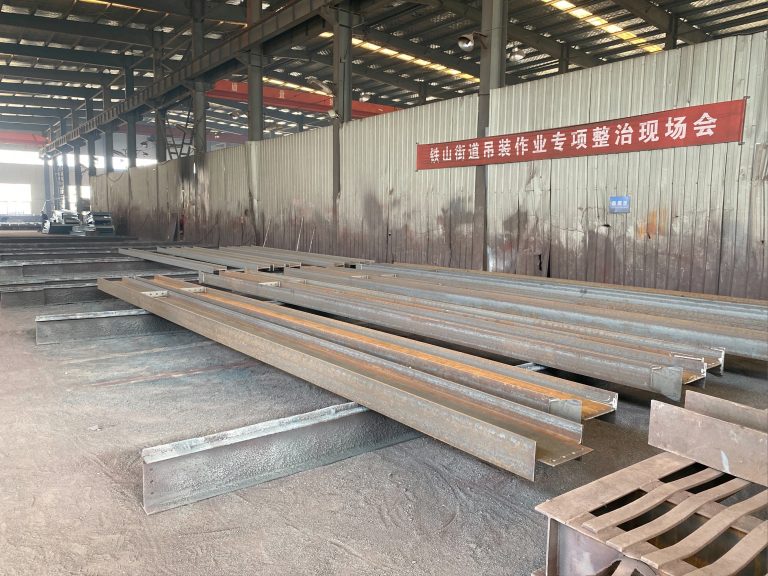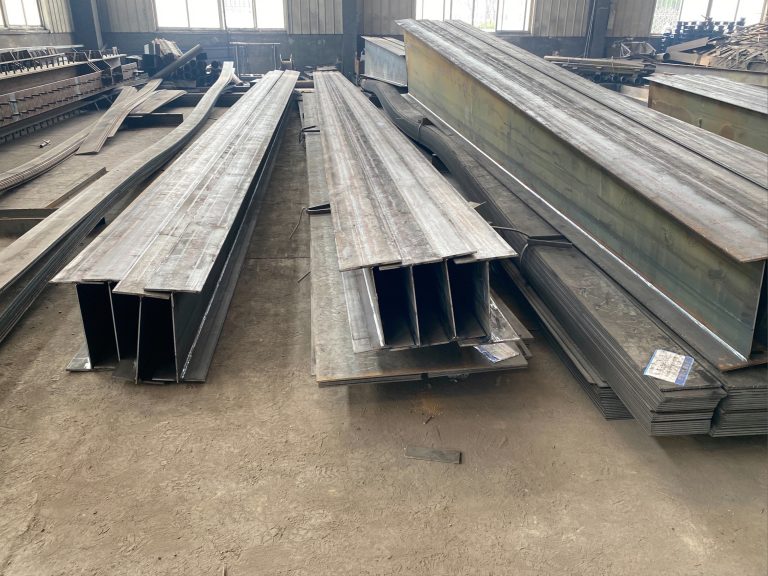Container Emergency Shelters: Safe havens in disasters.
Table of Contents
Benefits of Using Container Emergency Shelters in Disaster Situations
In times of natural disasters such as hurricanes, earthquakes, or floods, having a safe and secure shelter is crucial for those affected. Container emergency shelters have emerged as a viable solution to provide temporary housing for individuals and families in need. These shelters are made from repurposed shipping containers, which are durable, weather-resistant, and easily transportable. In this article, we will explore the benefits of using container emergency shelters in disaster situations.
One of the key advantages of container emergency shelters is their durability. Shipping containers are designed to withstand harsh conditions during transportation, making them ideal for use in disaster-prone areas. These shelters can withstand strong winds, heavy rain, and even earthquakes, providing a safe haven for those seeking refuge during a disaster. Additionally, the sturdy construction of container shelters ensures that they can be used multiple times, making them a cost-effective solution for emergency housing.
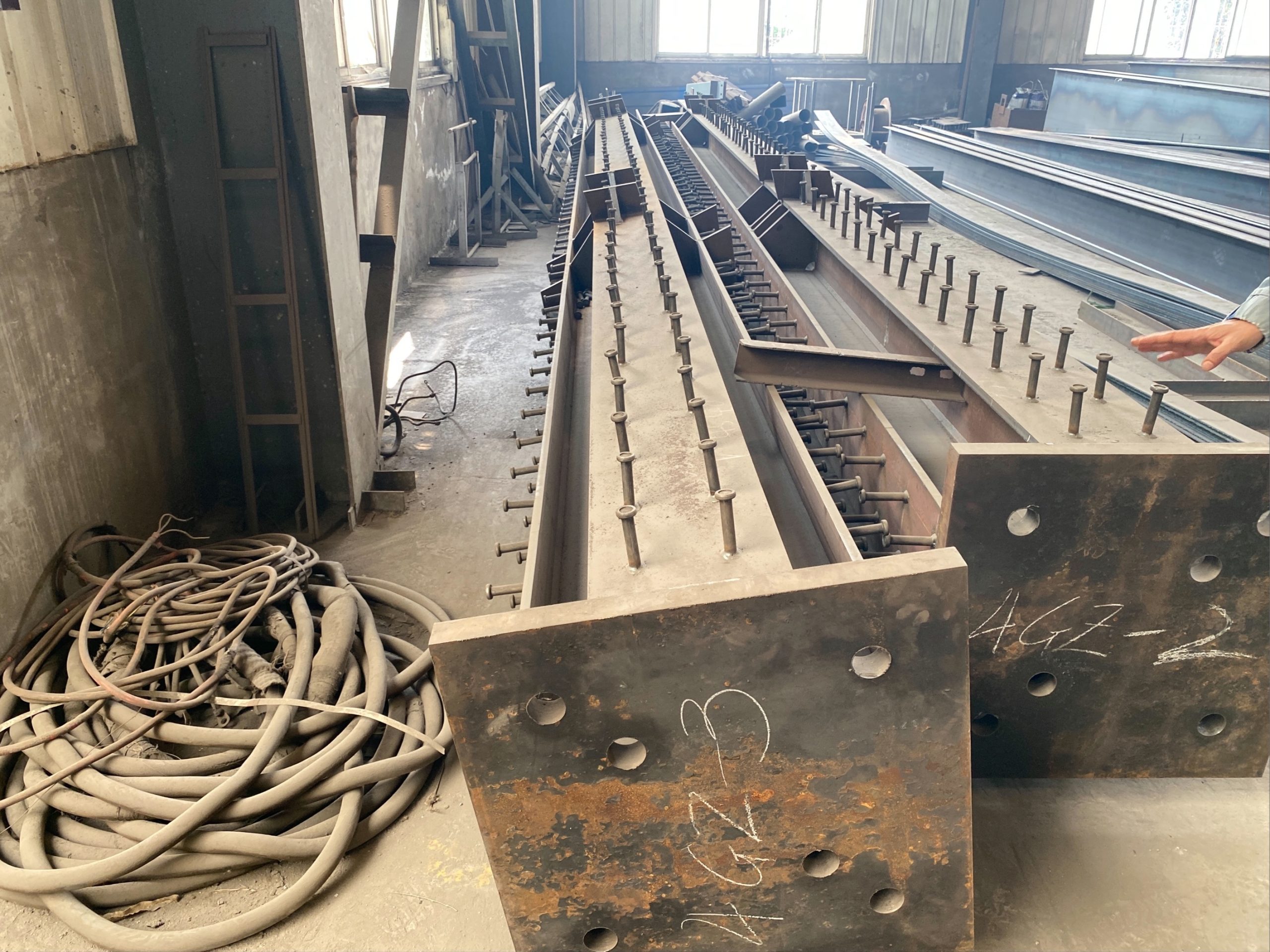
Another benefit of container emergency shelters is their portability. These shelters can be easily transported to disaster-affected areas using trucks or cranes, allowing for quick deployment in times of need. This mobility is essential in situations where traditional housing options may be unavailable or inaccessible. Container shelters can be set up quickly and efficiently, providing immediate relief to those displaced by a disaster.
In addition to their durability and portability, container emergency shelters are also customizable. These shelters can be modified to meet the specific needs of the individuals or families using them. Features such as insulation, ventilation, and lighting can be added to ensure the comfort and safety of the shelter occupants. Additionally, container shelters can be connected to utilities such as water and electricity, providing essential services to those in need.
Container emergency shelters are also environmentally friendly. By repurposing shipping containers that would otherwise be discarded, these shelters help reduce waste and promote sustainability. Additionally, the construction of container shelters requires fewer materials compared to traditional housing options, making them a more eco-friendly choice for emergency housing.
Furthermore, container emergency shelters can be used for a variety of purposes beyond providing housing. These shelters can be converted into medical clinics, schools, or community centers, offering additional support and services to disaster-affected communities. This versatility makes container shelters a valuable resource in disaster response efforts.
In conclusion, container emergency shelters offer a range of benefits for individuals and communities affected by natural disasters. Their durability, portability, customization options, and environmental sustainability make them an ideal solution for emergency housing needs. By providing safe and secure shelter in times of crisis, container emergency shelters play a crucial role in disaster response and recovery efforts.
How to Properly Set Up and Maintain Container Emergency Shelters for Maximum Safety
Container emergency shelters are becoming increasingly popular as a safe and efficient solution for providing temporary housing in disaster-stricken areas. These shelters are made from repurposed shipping containers, which are durable, weather-resistant, and easily transportable. When properly set up and maintained, container emergency shelters can provide a secure and comfortable living space for those in need.
One of the key considerations when setting up a container emergency shelter is location. It is important to choose a flat and stable site that is away from potential hazards such as flood-prone areas, landslide zones, or areas prone to high winds. The shelter should also be placed on a solid foundation to ensure stability and prevent any shifting or movement during inclement weather.
Once the location has been determined, the next step is to properly secure the shelter to the ground. This can be done using anchor bolts or tie-down straps to prevent the shelter from being lifted or shifted by strong winds. It is also important to ensure that the shelter is level to prevent any structural issues or water pooling inside the shelter.
Proper ventilation is essential in container emergency shelters to prevent the buildup of moisture and mold. This can be achieved by installing vents or windows that can be opened and closed as needed. Adequate ventilation not only improves air quality but also helps regulate temperature inside the shelter, making it more comfortable for occupants.
In addition to ventilation, insulation is another important factor to consider when setting up a container emergency shelter. Insulation helps regulate temperature inside the shelter, keeping it warm in cold weather and cool in hot weather. This can be achieved by adding insulation panels to the walls and ceiling of the shelter or by using reflective coatings to reduce heat absorption.
Proper lighting is also essential in container emergency shelters to ensure safety and comfort for occupants. This can be achieved by installing LED lights or solar-powered lighting systems that provide adequate illumination inside the shelter. Lighting should be strategically placed to ensure even distribution of light and to prevent any dark spots inside the shelter.
Maintaining a container emergency shelter is just as important as setting it up properly. Regular inspections should be conducted to check for any signs of wear and tear, damage, or structural issues. Any issues should be addressed promptly to prevent further damage and ensure the safety of occupants.
Regular cleaning and maintenance of the shelter are also essential to prevent the buildup of dirt, debris, or mold. This can be done by sweeping the floors, wiping down surfaces, and ensuring that ventilation systems are clean and functioning properly. It is also important to check for any leaks or water damage and to address them immediately to prevent any further damage to the shelter.
In conclusion, container emergency shelters are a valuable resource in providing temporary housing in disaster situations. By properly setting up and maintaining these shelters, we can ensure the safety and comfort of those in need. From choosing the right location to securing the shelter, ensuring proper ventilation and insulation, and maintaining the shelter regularly, there are many factors to consider when setting up and maintaining a container emergency shelter. By following these guidelines, we can create safe havens for those affected by disasters and provide them with a secure and comfortable living space during difficult times.




